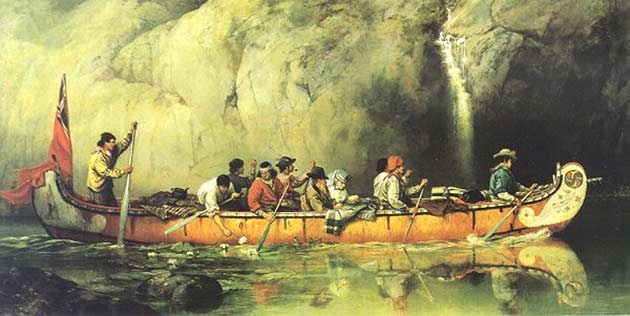 1669Where It All Began: The First European Sets Foot in Port Stanley
1669Where It All Began: The First European Sets Foot in Port StanleyAdrien Jolliet, brother of renowned explorer Louis Jolliet, made landfall at the mouth of Kettle Creek on the shores of Lake Erie, the location now known as Port Stanley, during his expedition in September 1669. This landing represents the first recorded European exploration of the Great Lakes in this area and subsequently became part of the Port Stanley National Historic Site
- Captain John Bostwick Establishes Kettle Creek Settlement1812
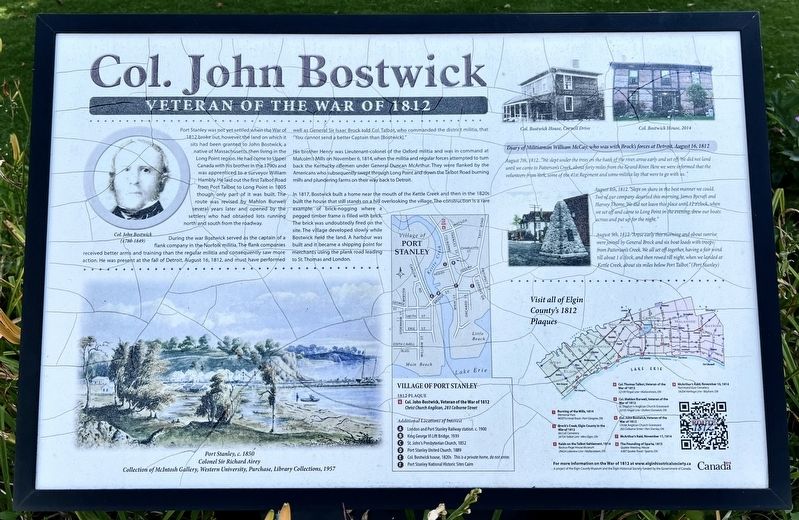
In 1812, Captain John Bostwick, a Loyalist militia officer, built the first permanent home at the mouth of Kettle Creek. Although granted the land in 1804, he chose to settle during the War of 1812, marking the start of local development. Bostwick played a key role in trade and customs, helping shape the early community. His settlement laid the foundation for what would become Port Stanley.
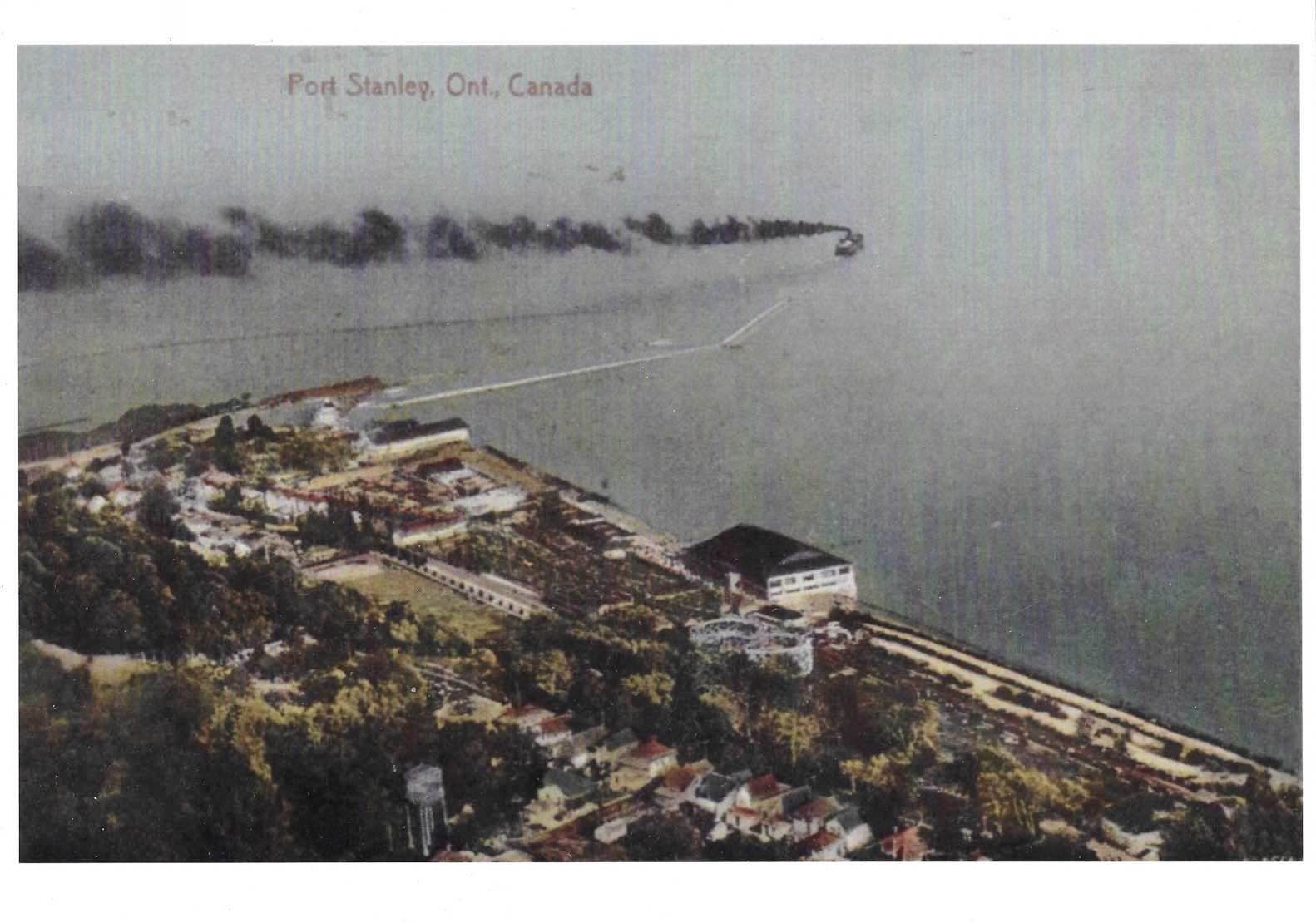 1824A Name Takes Hold: Port Stanley Is Born
1824A Name Takes Hold: Port Stanley Is BornIn 1824, the settlement previously known as Kettle Creek was officially renamed Port Stanley in honour of Lord Edward Stanley, a British statesman who later became Prime Minister. The renaming reflected the growing significance of the village as a port along Lake Erie. Around this time, the community saw increased investment in harbour improvements, trade, and infrastructure. The new name gave the village a distinct identity and tied it to broader colonial development across Upper Canada.
- Christ Church: Port Stanley’s Spiritual and Architectural Landmark1845
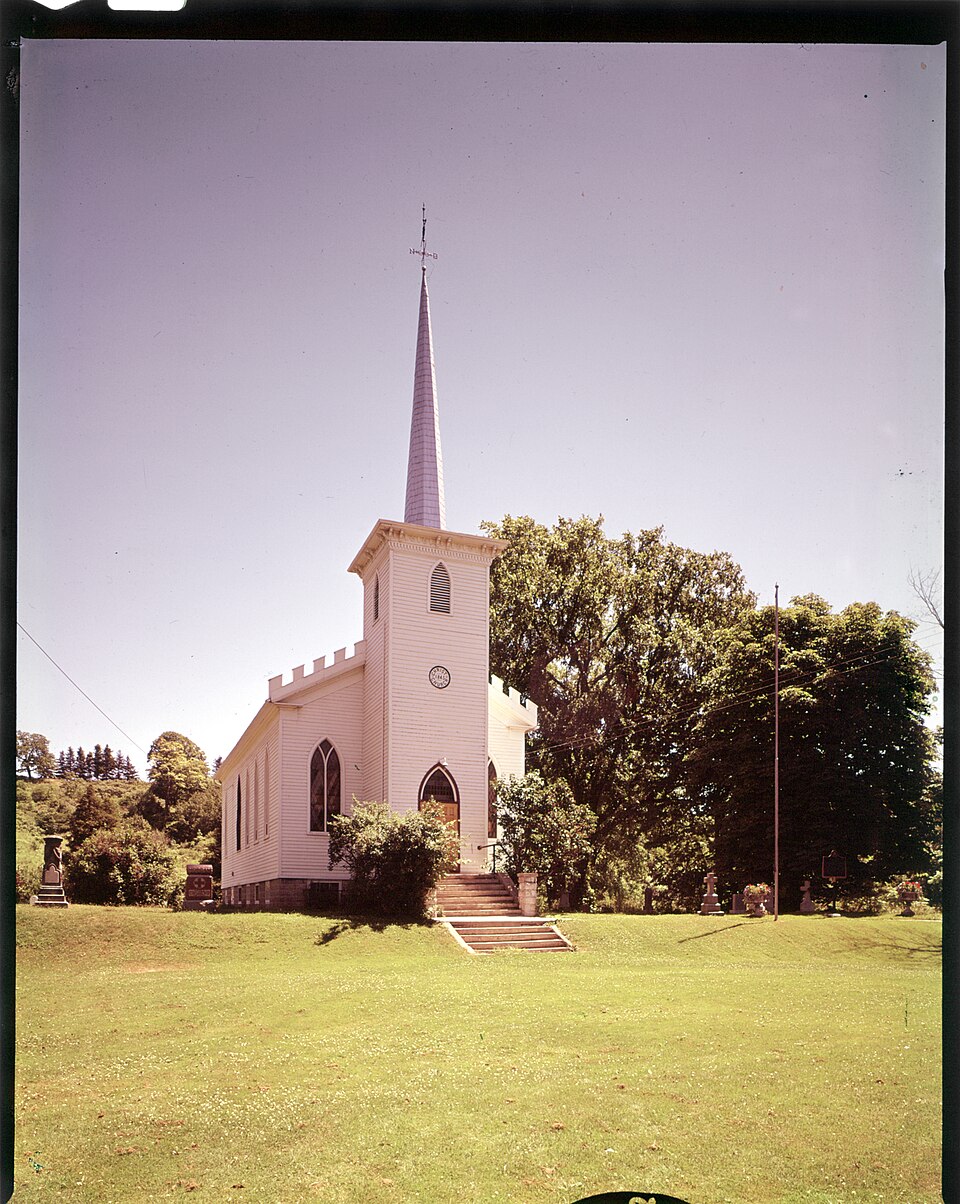
Christ Church Anglican, erected in 1845 on land donated by Lieutenant-Colonel John Bostwick in 1826, remains Port Stanley’s oldest surviving building. Its British Classical and American Colonial design, featuring an octagonal bell tower and a 400‑lb bell installed in 1854, anchors both spiritual life and community history. The surrounding cemetery includes early settler graves, preserving local heritage in a living memorial.
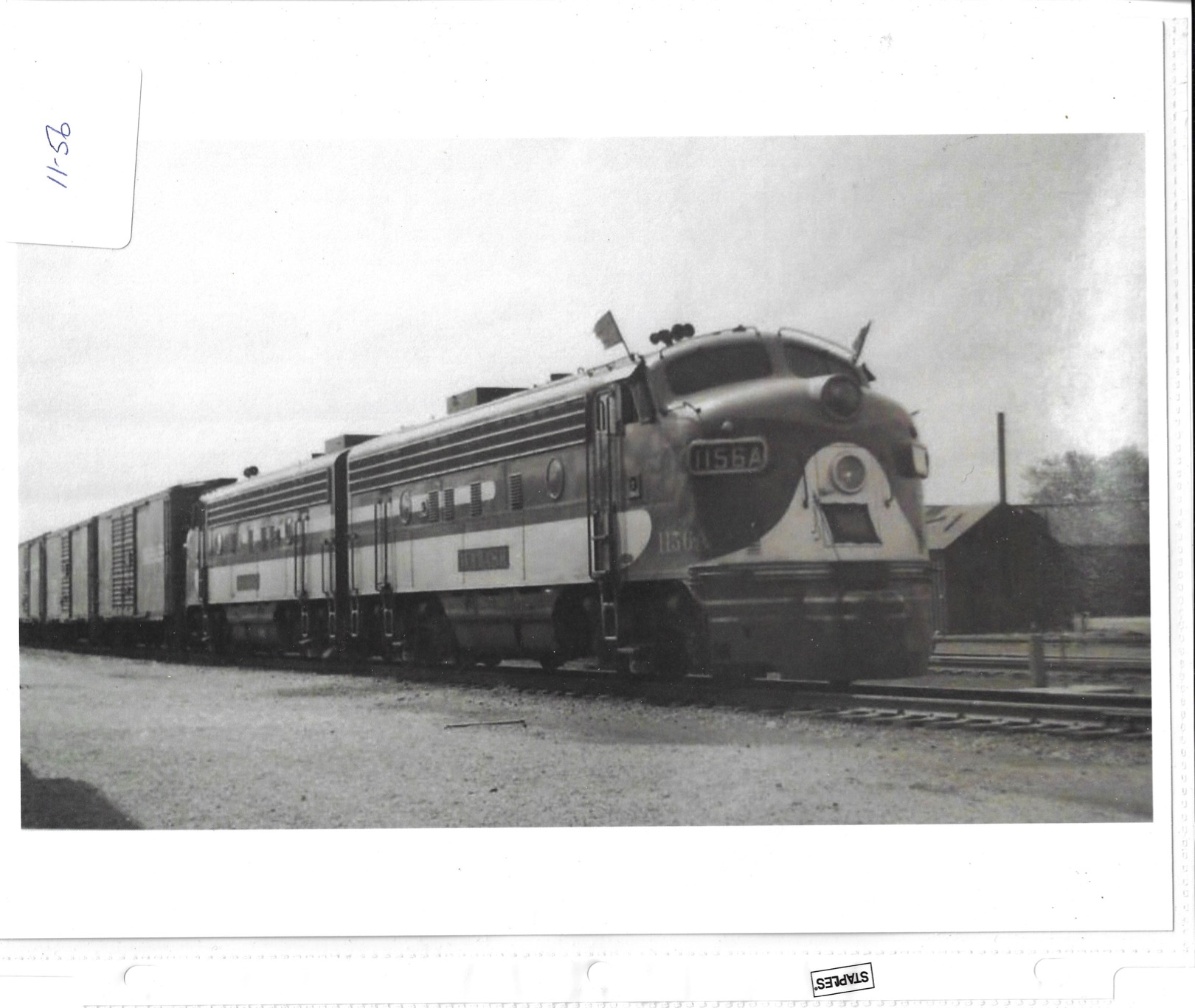 1856The Railway That Put Port Stanley on the Map
1856The Railway That Put Port Stanley on the MapOn September 25, 1856, the London & Port Stanley Railway (L&PS) launched passenger service, connecting Port Stanley to London and St. Thomas. Originally powered by steam locomotives, the line was later electrified and became a popular route for both freight like coal and grain and summer tourists heading to the lakeside. This vital connection helped shape the village’s economic and recreational development.
- Port Stanley Becomes an Incorporated Village1847

On June 17, 1874, Port Stanley gained formal status as a self-governing village, following decades of steady growth and development. The following year, Major John Ellison was elected as its first reeve, and the inaugural village council met in January 1875. This political milestone marked the community’s evolution from a frontier outpost into an officially recognized municipality.
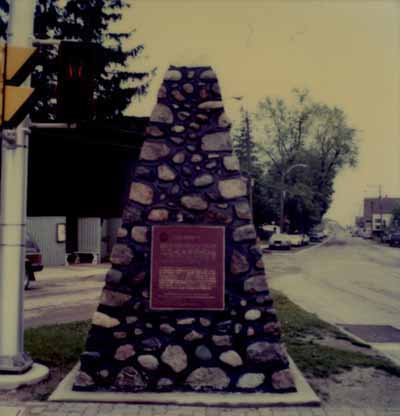 1923Honouring History: Port Stanley Becomes a National Historic Site
1923Honouring History: Port Stanley Becomes a National Historic SiteIn 1923, a commemorative cairn was erected at the central intersection of Bridge, Colborne, and Main Streets to mark Port Stanley’s national significance. It recognized the 1669 landing of explorer Adrien Jolliet and the village’s role in early Great Lakes exploration. The site also honours other notable visitors, including Dollier de Casson, Céloron, Colonel Talbot, and Lord Stanley. This designation helped preserve Port Stanley’s place in Canada’s historical narrative.
- A New Icon Rises: The King George VI Lift Bridge1939
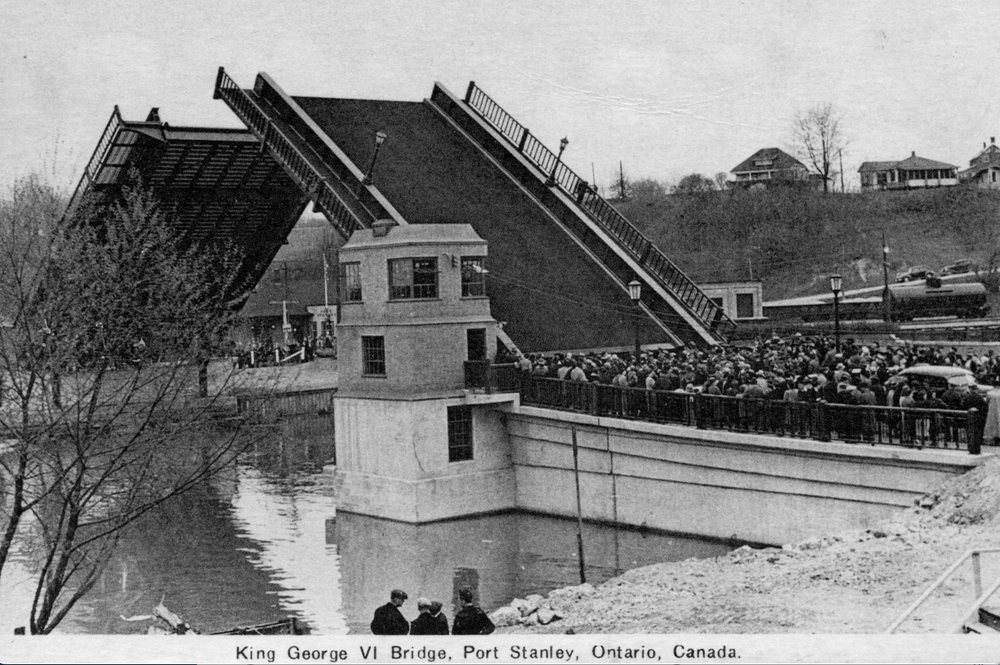
Completed in May 1939, the King George VI Lift Bridge replaced an older steel truss bridge over Kettle Creek. Built by the Dominion Bridge Company, it featured a manually operated bascule design still functioning today. The project, though significant, was marked by tragedy as eight workers lost their lives during construction. Today, the bridge stands as both a vital crossing and a cherished Port Stanley landmark.
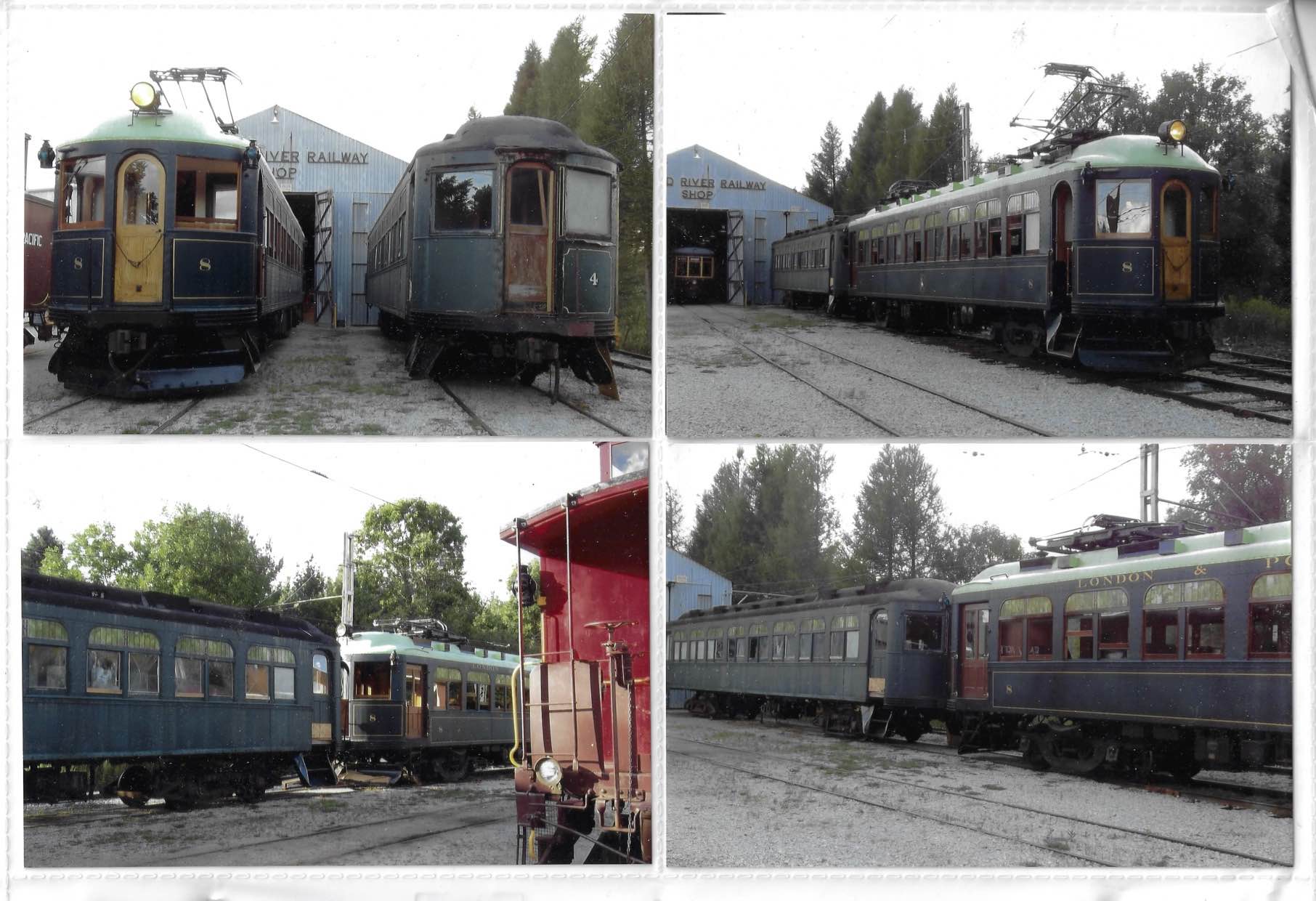 1957The End of an Era: Passenger Rail Service Ceases
1957The End of an Era: Passenger Rail Service CeasesOn February 1, 1957, the London & Port Stanley Railway (L&PS) officially ended its passenger rail service after more than a century in operation. The rise of automobile travel and shifting transportation needs led to its decline. For decades, the railway had carried tourists, goods, and commuters between Port Stanley and inland cities. Its closure marked the end of a defining chapter in the village’s transportation history.
- Tracks Reborn: Heritage Rail Brings History Back to Life1983

In 1983, local volunteers revived a portion of the historic London & Port Stanley Railway, founding the Port Stanley Terminal Rail (PSTR). They restored tracks and launched scenic tourist rides between Port Stanley and St. Thomas. By 1987, PSTR received official recognition as Ontario’s first provincially chartered tourist railway. The revival preserved an important piece of the village’s past—allowing future generations to ride the rails of history.
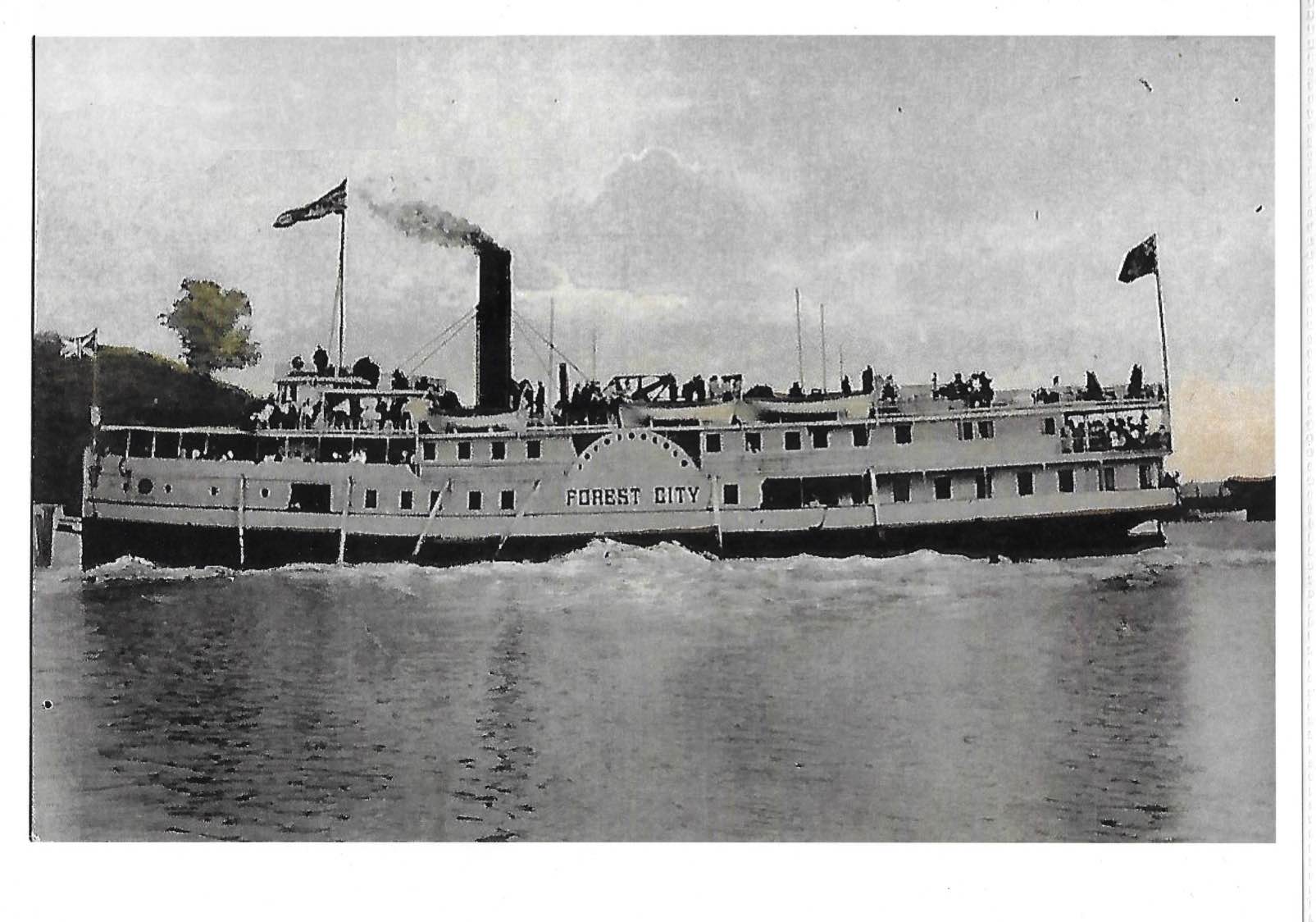 1999Late 1990s – Kettle Creek Marina Expands as a Boater’s Haven
1999Late 1990s – Kettle Creek Marina Expands as a Boater’s HavenIn the late 1990s, Kettle Creek Marina underwent significant improvements, transforming it into one of Port Stanley’s key recreational boating destinations. It began offering seasonal and transient docking, along with full-service amenities like showers, campfires, and social areas for visiting boaters. The marina quickly became a welcoming point for both Lake Erie travelers and local residents seeking waterfront leisure. Its growth supported Port Stanley’s broader rise as a summer tourism hotspot.
A Journey Through Time
History Timeline
Discover the key moments that shaped Port Stanley, from early settlement to vibrant lakeside life.
Recent Comments
Archives
Categories
Latest Posts

Social Media Links




